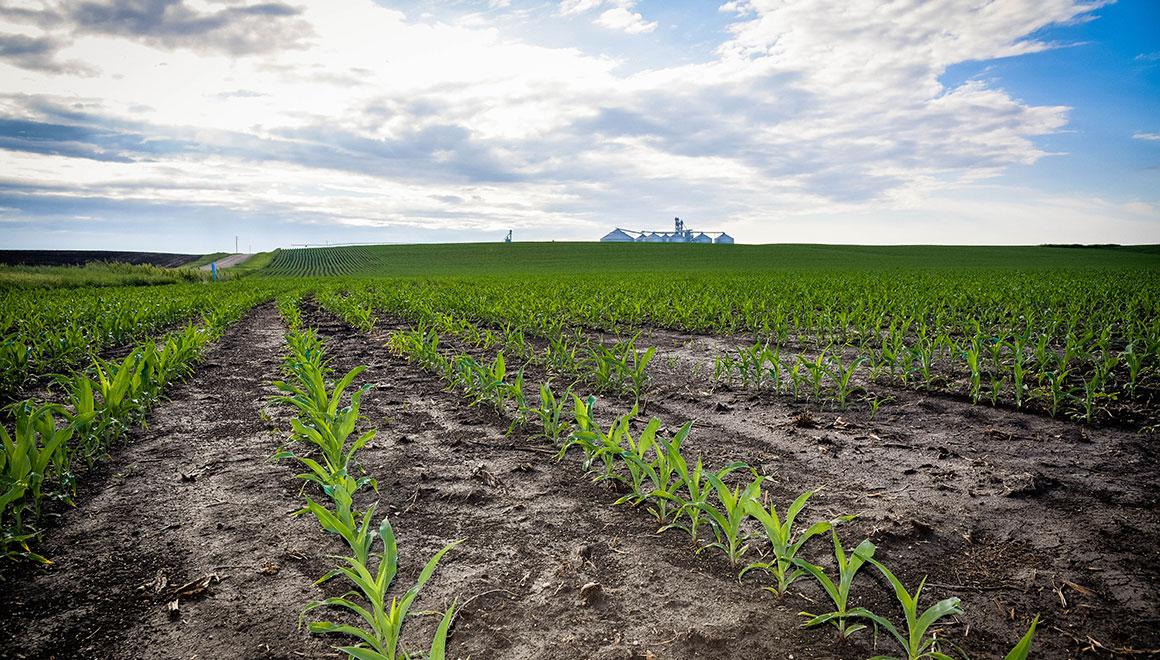Managing Nitrogen to Avoid Nitrate Leaching
Feb 01, 2023

Groundwater nitrate pollution originating from natural and applied sources of nitrogen is a continuing problem in much of the corn belt. Central Valley Ag works with our growers to maximize the amount of nitrogen going into their crop and minimize loss to either the atmosphere or groundwater.
Causes of the problem vary but several key issues are regularly discussed:
- Application of nitrogen fertilizer long before maximum crop uptake (typically V6-R4 in corn)
- Conversion of ammonium contained in fertilizer to nitrate before rapid crop uptake
- Overapplication of irrigation water causing nitrate leaching
- Early application of nitrogen fertilizers on sandy soils which tend to have more leaching
- The disconnect between the time a growing crop is taking up water and nitrogen and the availability of nitrate in the soil.
There are several things a grower working with their ag retailer and crop consultant can do to best manage nitrogen to avoid these issues:
- Limit preseason application of nitrogen to 30-50% of crop needs followed by split applications of the remaining N needed to better match N availability to crop uptake.
- If the grower is irrigating, use fertigation to match N availability to crop needs.
- Use nitrification inhibitors to slow the conversion of ammonium to nitrate to better match crop needs.
- Match nitrogen fertilizer rates to crop needs taking into consideration all credits such as legume credit, carry over nitrate, and nitrate in irrigation water. Typically, it takes between 0.7 and 1.1 lbs of applied N for each bushel of corn harvested. Work with your agronomist to build the recommendation right for you.
- Use cover crops to take up available nitrogen and hold it during the off season. Corn and soybeans are only taking up nutrients from June to September. Have an off-season crop to take up remaining nitrogen at the end of the season and early the next season to prevent nitrate loss. This crop also feeds the soil microbial life promoting nutrient cycling and soil health.
Don’t expect changes you make in the next year or two to have an immediate effect on groundwater nitrate levels. Depending on soil texture, it can take decades for percolating root zone water and the nitrates carried by it to reach groundwater aquifers. To protect our groundwater for tomorrow we need to start making changes in the way we manage our nitrogen today.